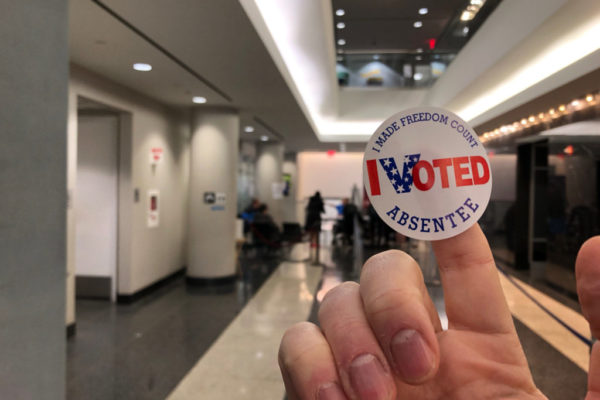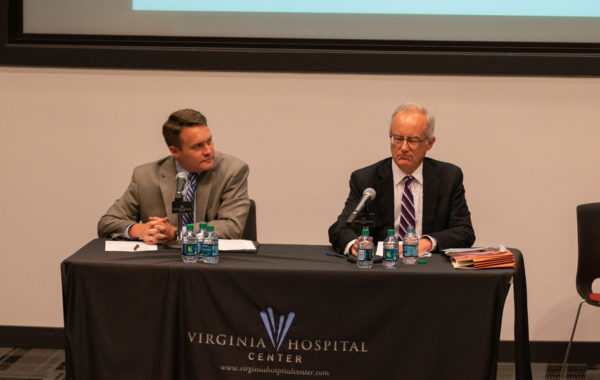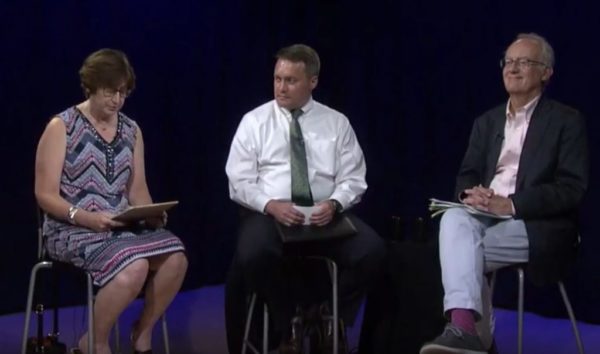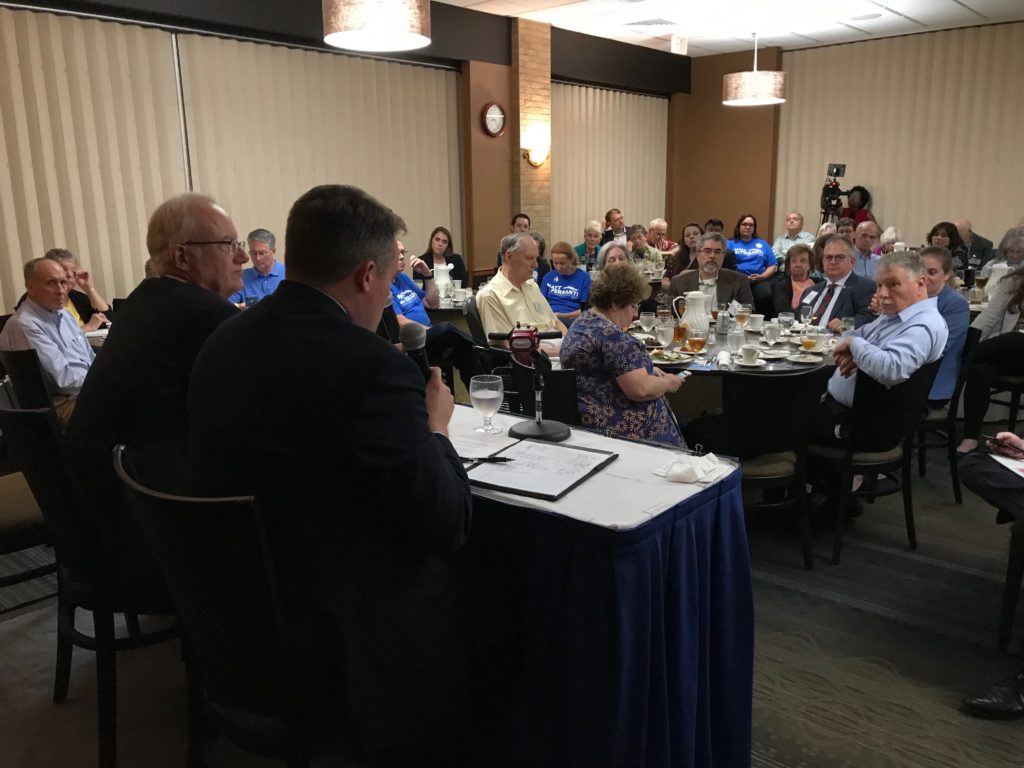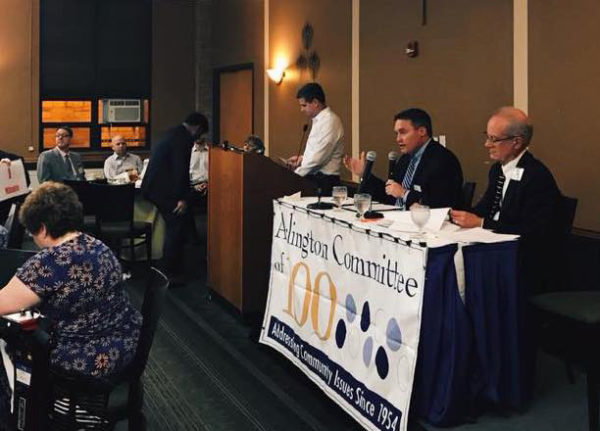 Last week, we asked the two candidates for Arlington County Board to write a sub-750 word essay on why the county’s residents should vote for them on Nov. 6.
Last week, we asked the two candidates for Arlington County Board to write a sub-750 word essay on why the county’s residents should vote for them on Nov. 6.
Here is the unedited response from independent John Vihstadt:
In 2014, you took a chance on me. Against the odds, I leveraged over three decades of community leadership – in our public schools, our neighborhoods, and our advisory commissions – to win a seat on the County Board as an Independent. This foundation enabled me to be an effective County Board member from Day One.
Arlingtonians want their local elected officials to concentrate on the nuts and bolts of local government. They expect their local government to deliver essential community services, programs and facilities, effectively, efficiently, on time and on budget.
I am keeping my commitments to you that I pledged four years ago.
I can’t take full credit, but we are moving away from extravagant and unsustainable capital projects. The streetcar was cancelled, there are no more $1.6 million dog parks or million-dollar bus stops. The former ArtiSphere is now on the tax rolls, and the Olympic-sized aquatics center was downsized.
We’re giving renewed focus to core services, like new seats for new students, shoring up Metro and Columbia Pike transit, augmenting our parks, fields and green space, improving public safety pay, speeding our street paving and holding up our social safety net.
I teamed up with Delegate Patrick Hope to obtain Arlington’s authority to hire an Independent County Auditor. We now have a Waste, Fraud & Abuse Hotline, and protection for employee whistleblowers. Yet while we’ve made progress, more must be done.
Going forward, I’m focusing on three key areas:
- Growing our economy, while managing Arlington’s growth in a fiscally responsible, environmentally sustainable way. As we diversify our economy across all sectors, we must also ensure a reasonable tax and regulatory climate and user-friendly permitting and approvals for businesses big and small and individuals alike. It’s time we get ahead of the curve on new public facilities rather than always playing catch-up. At my urging, the Board has directed the Manager to craft models for cost-benefit studies for new development, and we need authority to direct some developer contributions to address impacts on schools, green space and more.
- Ensuring greater openness, transparency and inclusion in how we work. With my leadership, we’ve expanded the wording of County bond explanations to give voters more details on big-ticket items. It’s essential we strengthen our Open Data policy by bringing real-time online transparency to the data that drives our decisions. While we’ve made progress, I’m committed to ensuring that our County advisory commissions reflect our diversity, and that we continue to be a welcoming community regardless of who you are. And while there will always be emergencies, a “no-surprises” community engagement process for all initiatives is critical.
- Instilling a stronger sense of fiscal discipline in County operations. Current County expenditures outpace revenues by 1.5%, so we need new thinking. My repeated effort to ensure that most of our annual budget surplus not be spent, but saved and carried over to the next Fiscal Year, is finally gaining traction with colleagues. At my leadership, the Manager is appointing a reform group to address the cost, timing and coordination issues that often plague our infrastructure projects, and, as Audit Committee co-chair, I’m working with APS to control schools construction costs. This spring, I led the 3-2 Board majority in holding the line on the property tax rate.
In closing, it’s not big news when members of one party endorse their own for office. That’s the nature of tribal politics. What’s remarkable is that I have the endorsement of ten former School Board members, including six Democrats who don’t have to worry about their next election. And, I’m supported by three incumbent Democratic officeholders who do: County Treasurer Carla de la Pava, Commonwealth’s Attorney Theo Stamos, and County Board colleague Libby Garvey.
In explaining her support, former School Board Chair Sally Baird said,
I so appreciate the balance and perspective John represents. His presence ensures a broader dialogue. At its core, for me, John at the table affirms the most fundamental of Democratic values: inclusiveness.
I hope you agree with Sally that I have brought inclusiveness to the Board, and our community is healthier for it.
Whether it’s pedestrian safety, community infrastructure, school funding or parks, in your neighborhood or elsewhere, I’m working hard for you every day.
As the only Independent, I’ve brought needed balance to the County Board. I need your help to keep it there. Let’s not go back to the echo chamber of unanimous one-party government. I ask for your vote. Thank you.




